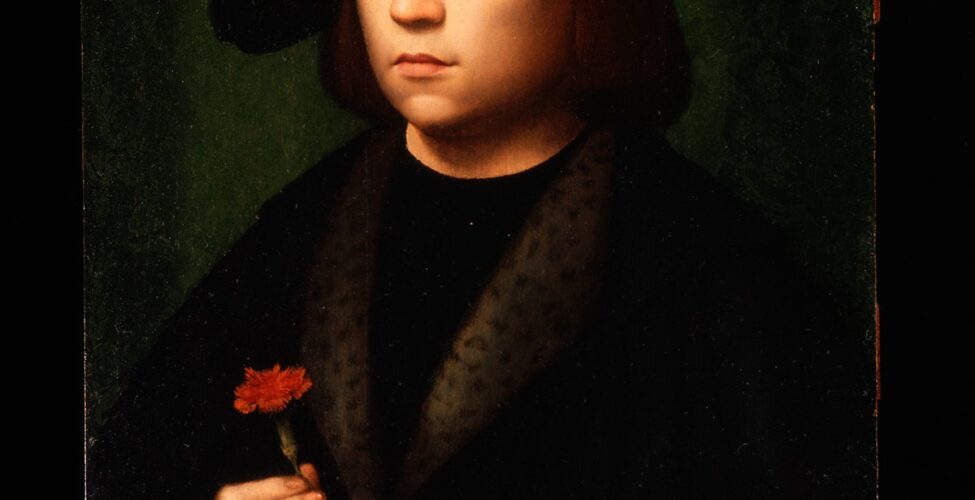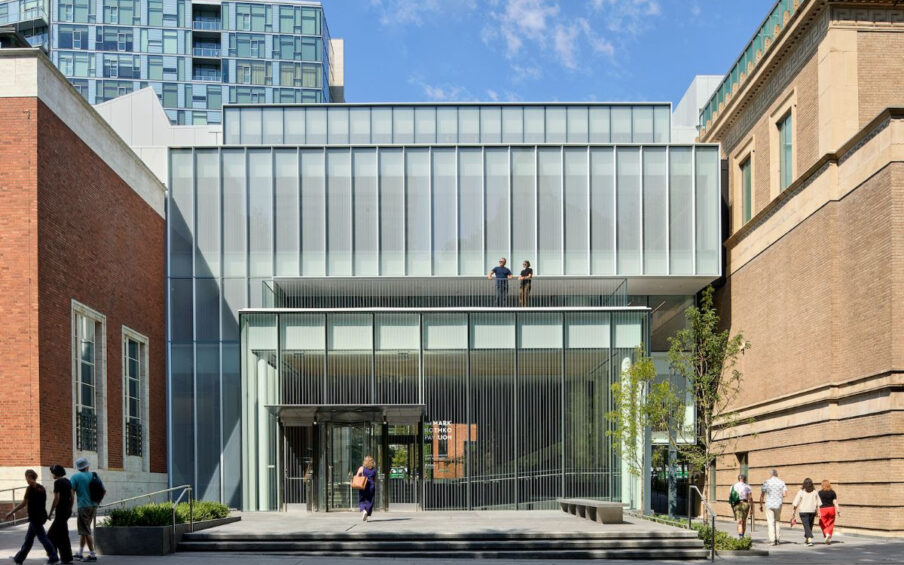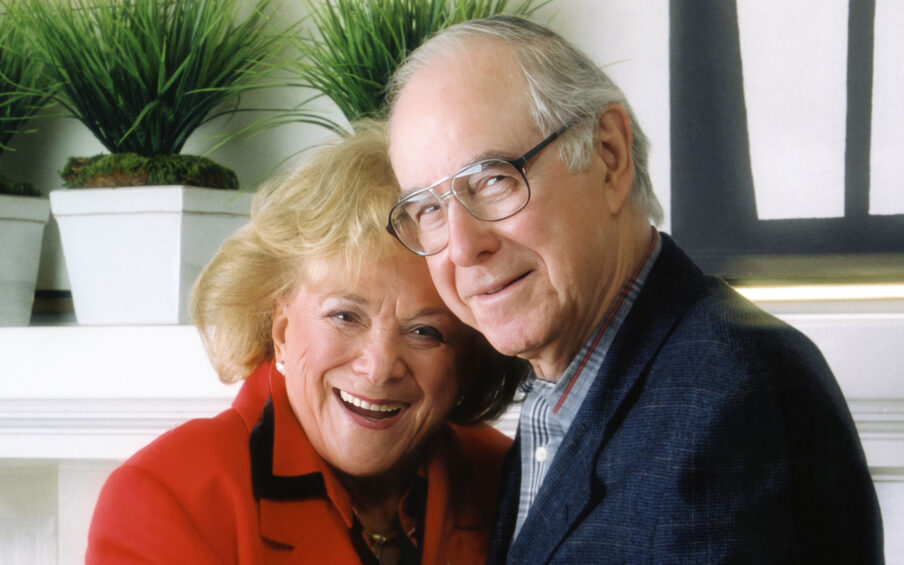“Ysenbrandt’s painting is one of the finest portraits in the collection and I would like to pay tribute to the distinguished Oregonian who gave it to the Museum. The Honorable George Rossman (1885–1967) was the longest-serving justice on the Oregon Supreme Court (1927 to 1965). Justice Rossman was born in Chicago but grew up in Tacoma. He was aesthetically inclined and earned a degree in architecture from Whitworth College in Spokane, but shifted to study law at the University of Chicago. Following graduation in 1910, he moved to Portland and opened a private practice. He became a city judge in 1917 and served as a county circuit court judge from 1922 until his appointment to Oregon’s highest court in 1927. He was the 29th Chief Justice from 1947 to 1949. Shortly after Rossman’s death, his character was eulogized by his colleague, Justice Alfred T. Goodwin:
‘Perhaps he is most warmly remembered by his fellow judges … [who] recall that he never spoke harshly of any man. Judge Rossman possessed a quality of kindliness that knew no qualification or exception. Personally uncompromising and dedicated to the highest standards of conduct and of professional application, he nonetheless could suffer even folly cheerfully. His patience with young lawyers became legendary. … The same qualities of human sympathy extended into the community in which he served as leader in bringing about substantial growth of religious and racial tolerance.’
Justice Rossman gave this work and five other paintings to the Museum in memory of his wife, Loreta Showers Rossman (1887–1959), who he had met and married in Portland in 1914. They collected the paintings to decorate their house, which still stands at 910 Capitol Street NE in Salem. By donating the paintings to the Museum, Justice Rossman ensured that people will be able to enjoy and learn from them for generations to come.
The portrait was painted by Adrien Ysenbrandt, who worked during the Northern Renaissance in Bruges, the modern-day capital of the province of West Flanders in Belgium. At the time of the painting’s creation, Bruges was one of the most important trading and banking centers in Europe. It was called the Venice of the North for its canals and because its busy port was the counterpart of Venice’s in the Mediterranean. The city’s spinners and weavers were considered the best in the world and the fabric trade brought great posterity. The citizens of Bruges used their wealth to create one of the world’s most beautiful towns and the historic center is now recognized as a World Heritage Site.
Ysenbrandt and his workshop specialized in devotional paintings for the local market and for export. He only occasionally portrayed his fellow citizens. We know that this work served as a betrothal portrait because the man holds a red carnation, which was a symbol of engagement. The delicately painted likeness shows Ysenbrandt’s characteristic warm palette and soft, hazy flesh tones. In keeping with the standards of the time, the man’s sober, detached countenance reveals little of his character. The focus is on the man’s affluence as evidenced by the expensive fur that lines his coat, the two jeweled finger rings, and the elegant gloves. They make clear that he will be able to provide well for his bride.”
—Dawson W. Carr, The Janet and Richard Geary Curator of European Art
Adrien Ysenbrandt (Flemish, ca. 1500–before 1551), Portrait of a Young Man Holding a Carnation, 1520/1530. Oil on panel. Gift of the Honorable George Rossman in memory of his wife, Loreta Showers Rossman, 65.18
Judge Rossman also gave the following paintings to the Museum in memory of his wife:
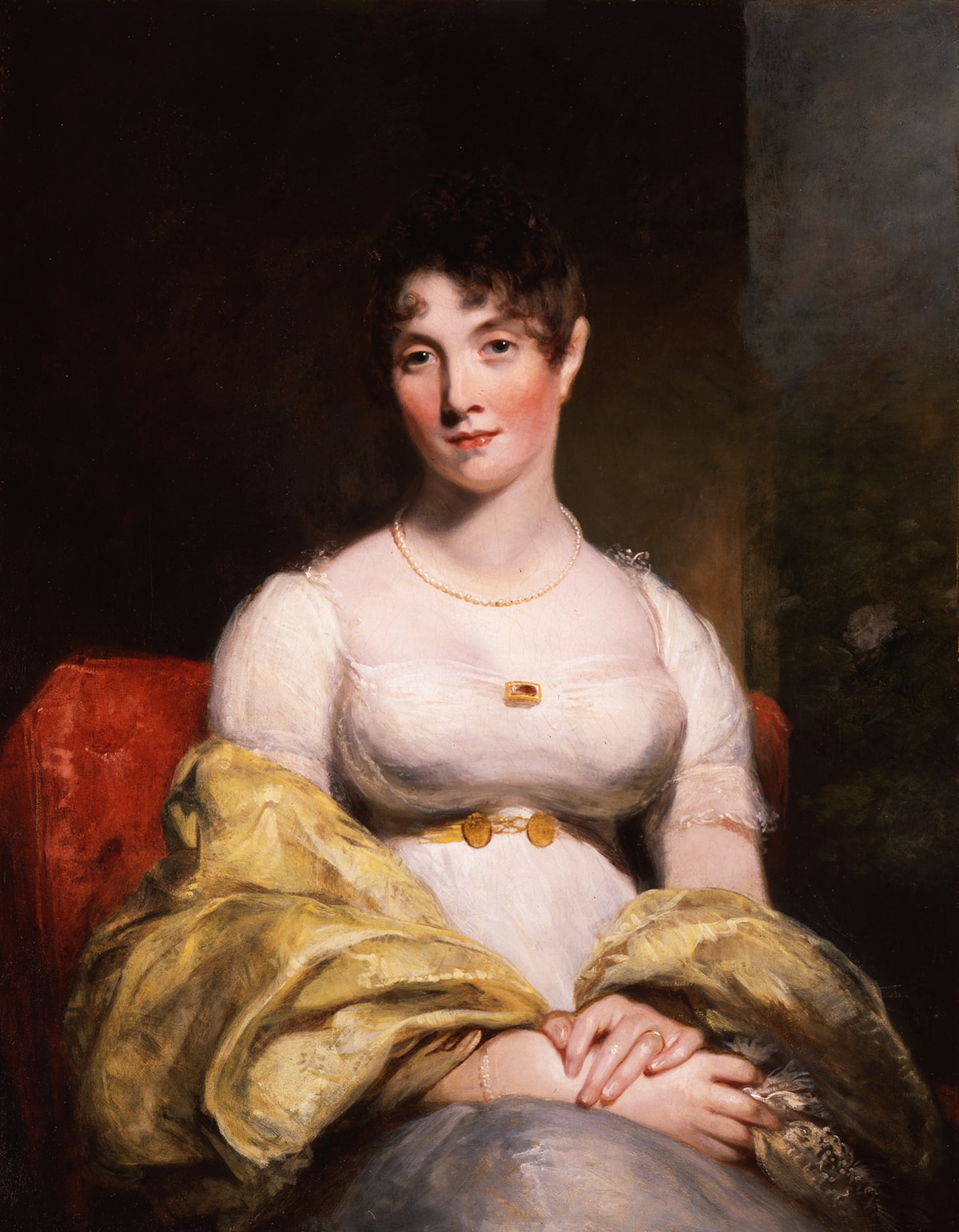
William Beechey, Mrs. Kingsford, ca. 1815, oil on canvas, 61.61 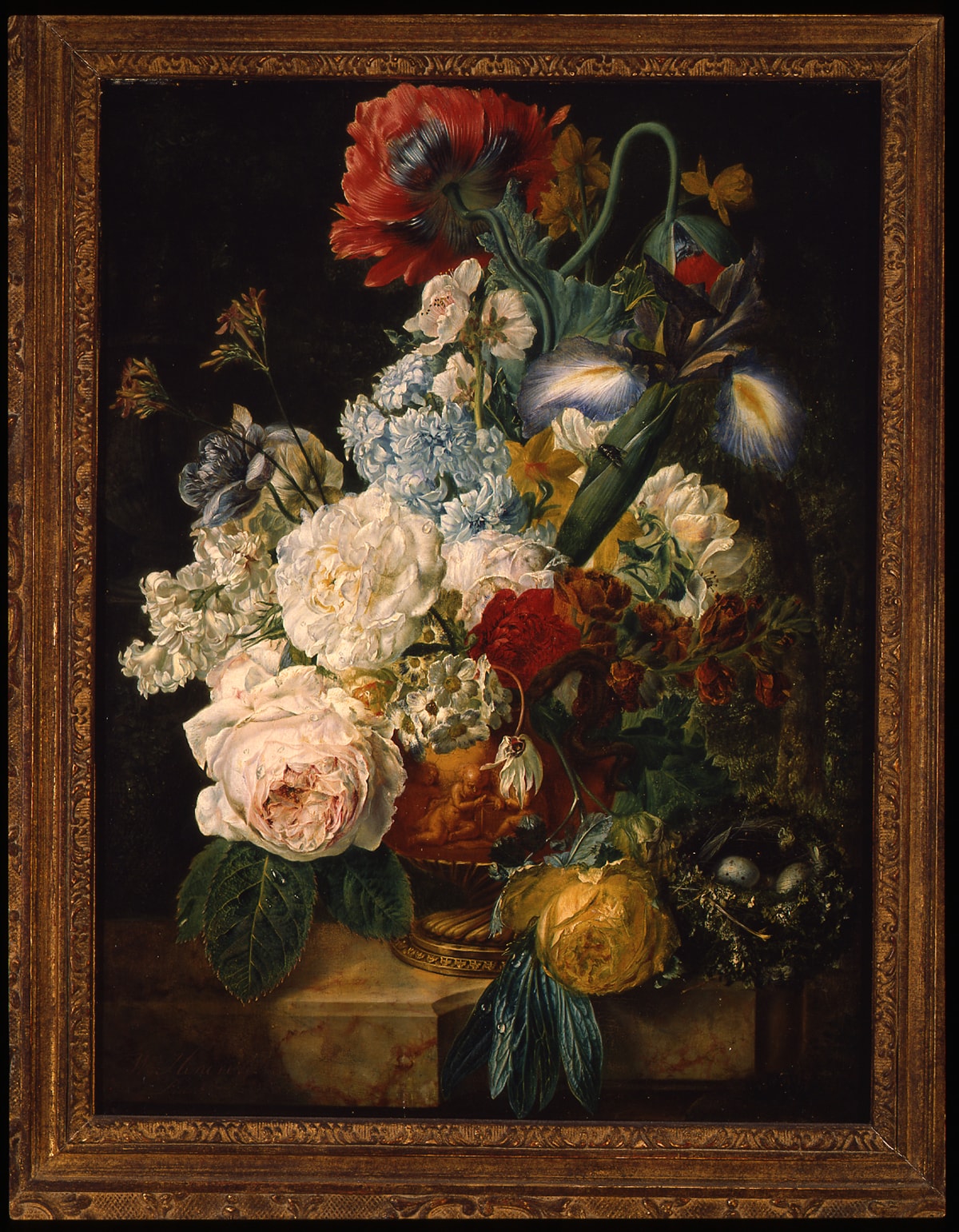
Wybrand Hendriks, Flower Still Life, 1810/1830, oil on panel, 65.19 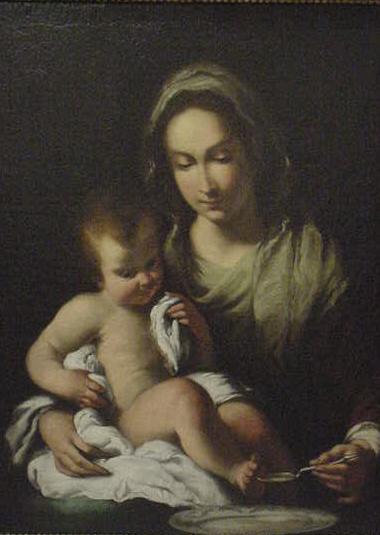
Bernardo Strozzi, Virgin and Child, ca. 1640, oil on canvas, 66.1 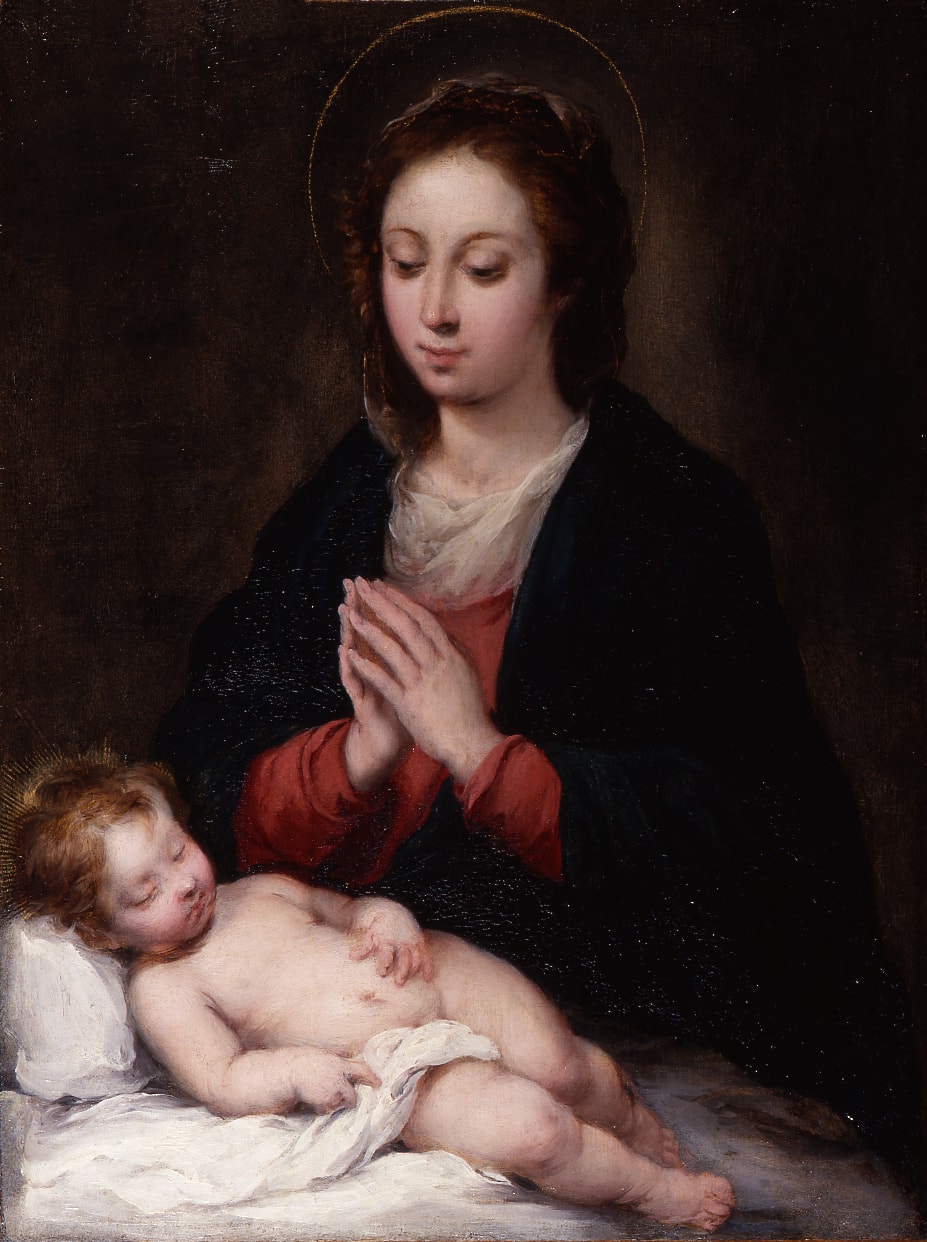
Bartolomé Estebán Murillo, The Virgin of Belen, ca. 1670/1680, oil on panel, 63.27 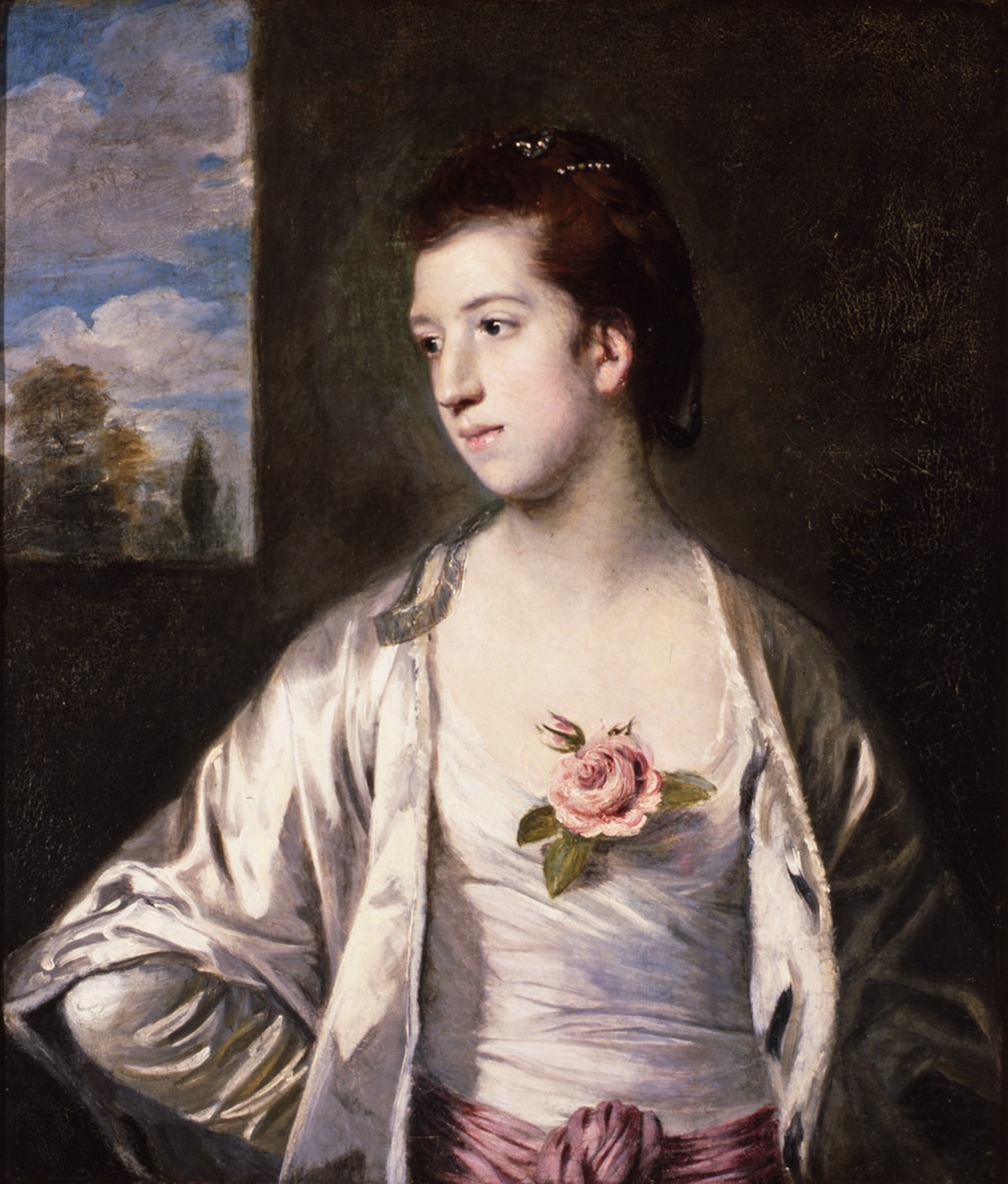
Joshua Reynolds, Arabella Penelope Reynolds, probably 1758, oil on canvas, 61.62
A small endowment left by Rossman has supported the purchase of these paintings:

Jean Jacques François Lebarbier, A Spartan Woman Giving a Shield to Her Son, 1805, oil on panel, Museum Purchase: Helen Thurston Ayer and the Honorable George Rossman Funds, public domain, 85.58 
Jean-Baptiste Joseph Pater, Le Baiser Rendu (The Kiss Returned), 1733, oil on canvas, Museum Purchase: Edwin Binney, 3rd, two Anonymous Donors, the Rossman Fund, the Helen Thurston Ayer Fund, and the Edwin Binney, 3rd, Fund, public domain, 78.20 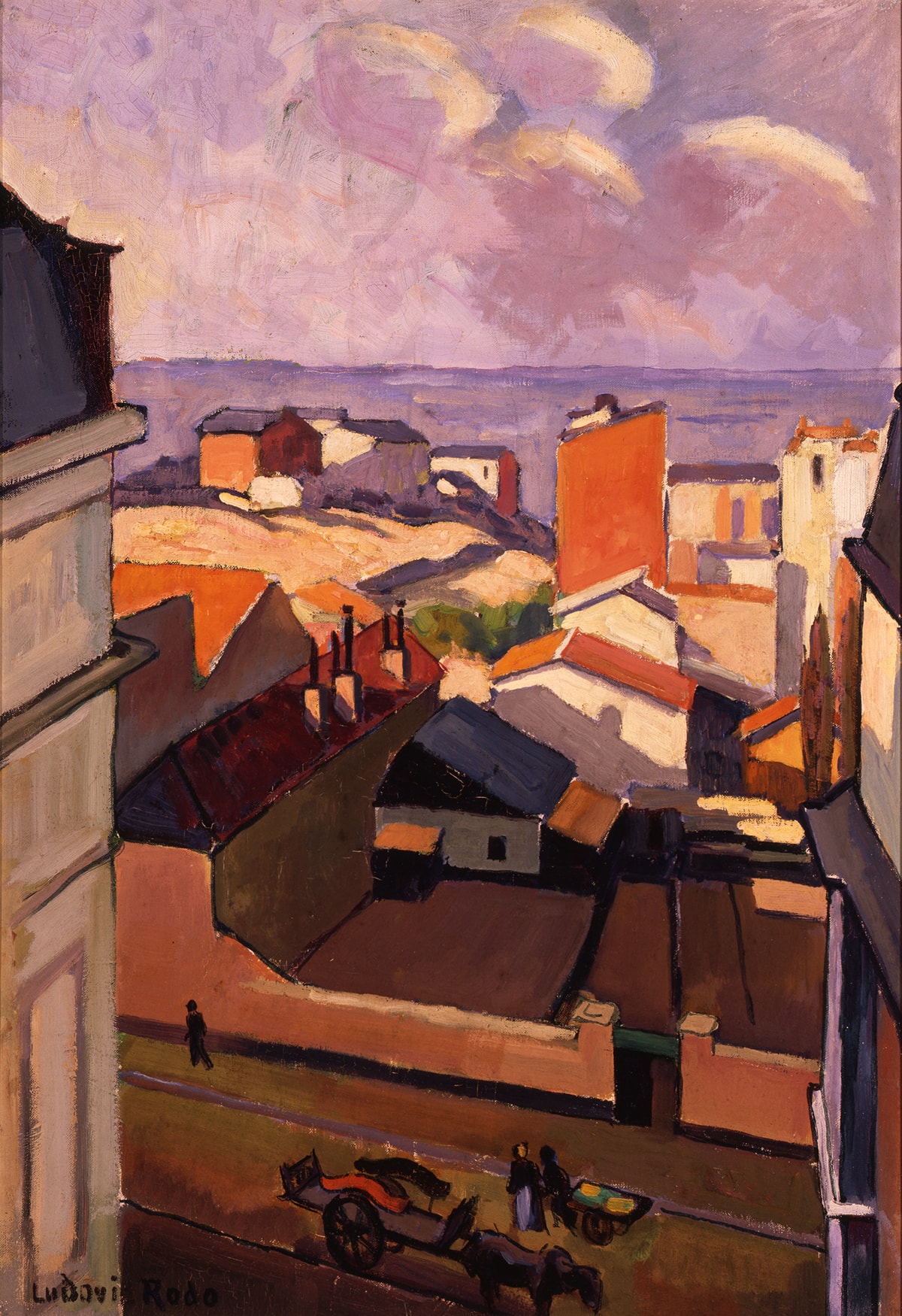
Ludovico Rodolphe Pissarro, La rue Girardon, 1907, oil on canvas, Museum Purchase: The Honorable George Rossman Fund, © artist or other rights holder, 94.32
